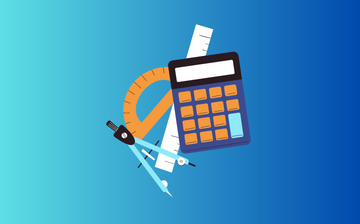Winners:
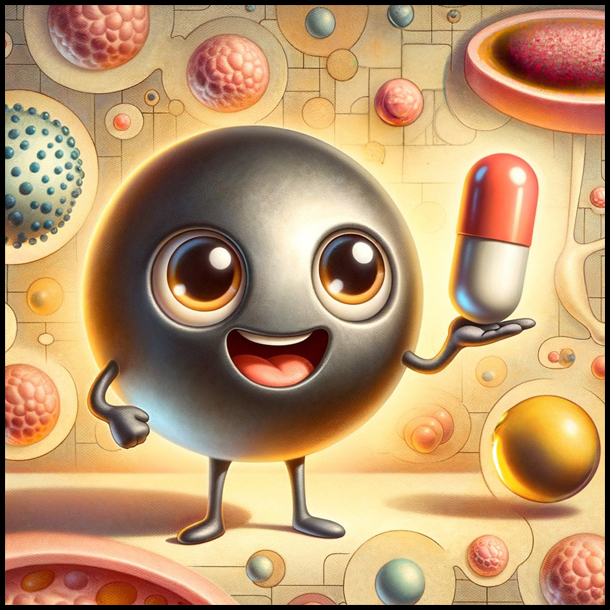
Nanoparticles for drug delivery:
This lesson introduces middle schoolers to the concept of nanoparticle drug delivery and includes example presentations, case studies, and lab activities that are designed to be affordable and simple.
Designed by Benjamin Treutler
Download Lesson Plans:
Nanoparticles Lesson Plan Slides
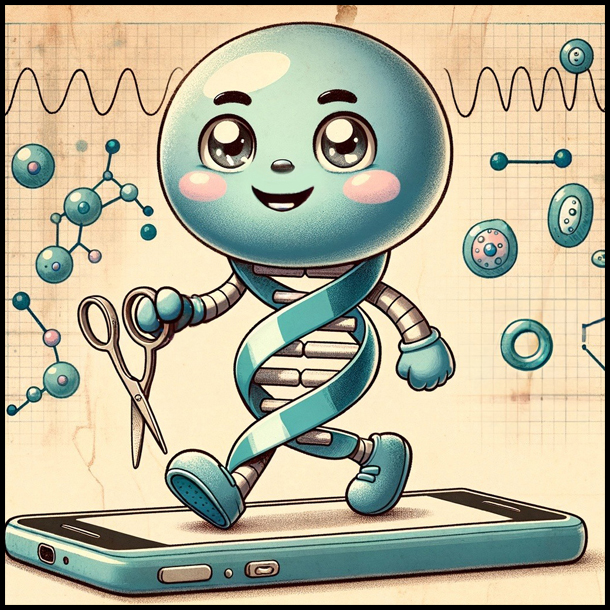
Genetic Telephone: A Story-Driven Journey Through the World of DNA & Gene Editing:
This lesson marries storytelling and scientific exploration to provide students with a comprehensive understanding of genetic variations and the cutting-edge techniques such as CRISPR that allow us to modify them.
Designed by Prathic Sundararajan, Suraj Rajendran, Anika Moorjani, Harshini Manikanda Ilango
Download Lesson Plans:
Genetic Telephone Lesson Plan Slides
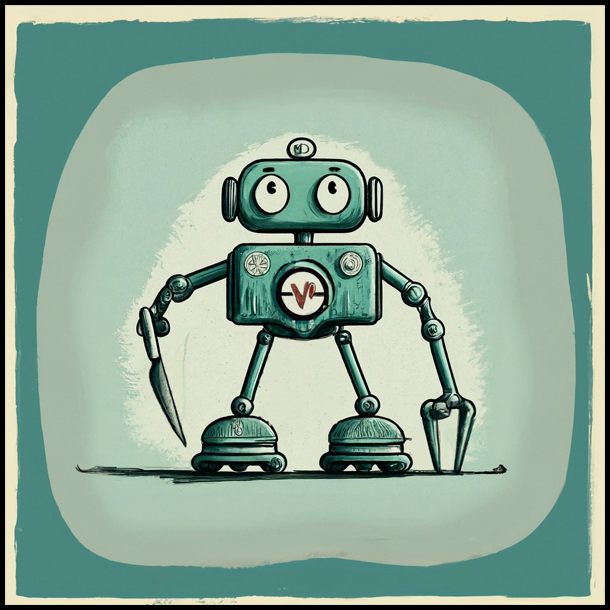
Engineering Design Process and Surgical Robots
This lesson not only introduces the concept of biomedical engineering and surgical robots but also engages students in a hands-on activity where they work in teams to design, create, and test their own surgical robot prototypes. Students will learn and practice the engineering design process.
Designed by Kiara Quinn
Download Lesson Plans:
Surgical Robots Lesson Plan Slides
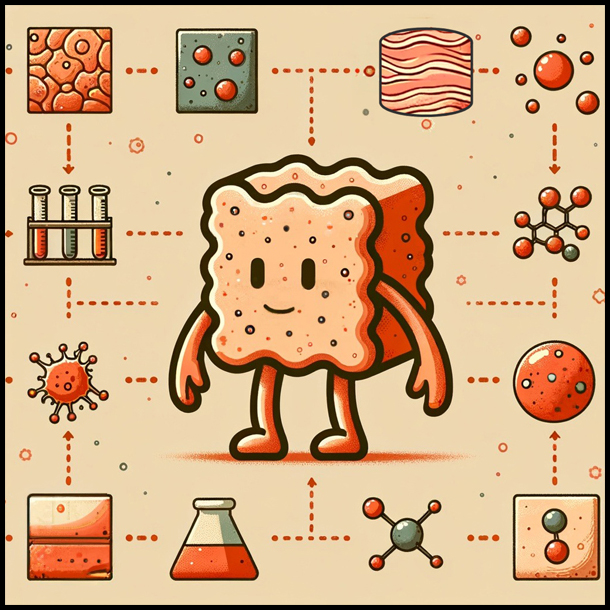
Biomaterials
This lesson introduces middle school students to biomaterials and their potential applications within the medical field. Many students have a connection to the medical field and often to biomaterials that they don’t often realize, such as a broken bone, or a family member with a joint replacement. These personal connections can inspire new ideas for how to improve biomaterials and subsequently healthcare.
Designed by Katy Lydon
Download Lesson Plans:
Biomaterials Lesson Plan Slides
Please contact info@nibib.nih.gov with any questions.
Overview
The National Institute of Biomedical Imaging and Bioengineering (NIBIB) is seeking to spur and reward the development of lesson plans that introduce the concept of biomedical engineering to students in grades 6-8. Many real-world health problems have biomedical engineering solutions, but many students do not encounter biomedical engineering in the classroom until they reach college. NIBIB is seeking biomedical engineering lesson plans that spark excitement and interest in middle schoolers and focus on how a biomedical engineering approach can be used to address health care problems. At the conclusion of this Challenge, NIBIB will make the winning biomedical engineering-specific lesson plans freely and publicly available so that middle school teachers around the country can implement them in their classrooms.
Details
Participants in this Challenge will be required to create and submit a lesson plan for at least two 90-minute classes. The lesson plan should be able to be adapted into four 45-minute classes and be customizable to different learning levels. Activities should require easy to obtain resources/materials. Lesson plans must meet at least one of the Next Generation Science Standards (NGSS) and at least one other NGSS for Physical Science that are listed in the How to Enter section of the challenge announcement on Challenge.gov.
Areas of biomedical engineering that the lesson plans could cover include, but are not limited to:
- Technologies to see inside the human body
- X-ray
- Computed tomography (CT)
- Magnetic resonance imaging (MRI)
- Ultrasound
- Endoscopy
- Biomedical engineering and the human body
- Breaking/repairing bones
- Artificial muscles
- Prosthetics
- Surgical robots
- In vitro diagnostics
- Nucleic Acid tests
- Rapid Antigen tests
- Delivering Medicine
- Pill coatings
- Robotic pills
- Nanoparticles
- Sensors/wearables
- Smartwatches
- Pulse oximeters
- Glucose monitors
- Synthetic Biology/Engineered Biology
- Biomaterials
- Genetic engineering
- Tissue chips/organoids
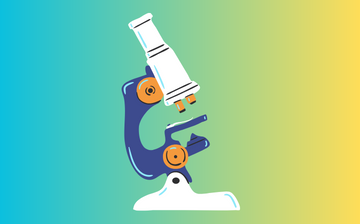
Important Dates
- Submission Deadline EXTENDED: October 16, 2023, 11:59 PM EDT
- Judging Period: October 16, 2023 to December 1, 2023
- Winners Announced: December 11, 2023
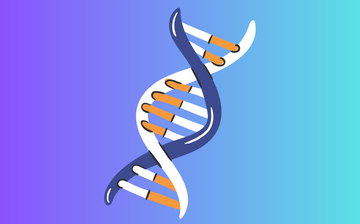
Prizes & Judging
NIBIB will award up to five prizes at up to $5,000 each to the Challenge winner(s).
Submissions will be judged and scored on:
- Clarity: Are the topics clearly explained and organized in the lesson plan? Are the learning objectives well-defined and understandable?
- Interactivity: To what extent does the lesson plan incorporate opportunities for active student engagement? Are there interactive activities, discussions, or hands-on exercises?
- Engagement: How likely is the lesson plan to capture and hold the attention of middle school students? Does it include elements that make the content interesting, relatable, or relevant to their lives?
- Adaptability: How easily can the lesson plans be adapted to accommodate different student learning levels, varying class period lengths, and educational environments? Does it provide flexibility for modifications and adjustments?
- Accuracy: How accurate are the biomedical engineering concepts presented in the lesson plan? Are they based on reliable and up-to-date information?
- Relevancy: To what extent do the lesson plans align with the topics of biomedical engineering and the Middle School Engineering Design NGSS (Next Generation Science Standards)? Do they incorporate key concepts and skills specified in the standards?

Resources
- BEAMS Challenge Participant Form
- NGSS Standards Overview for Engineering Design
- NIBIB Resources
- NIH Resources
- National Science Foundation
- Other Resources
- Food and Drug Administration Medical Imaging
- Medline Plus Diagnostic Imaging
- Biomedical Engineering Society
- American Institute for Medical and Biological Engineering


